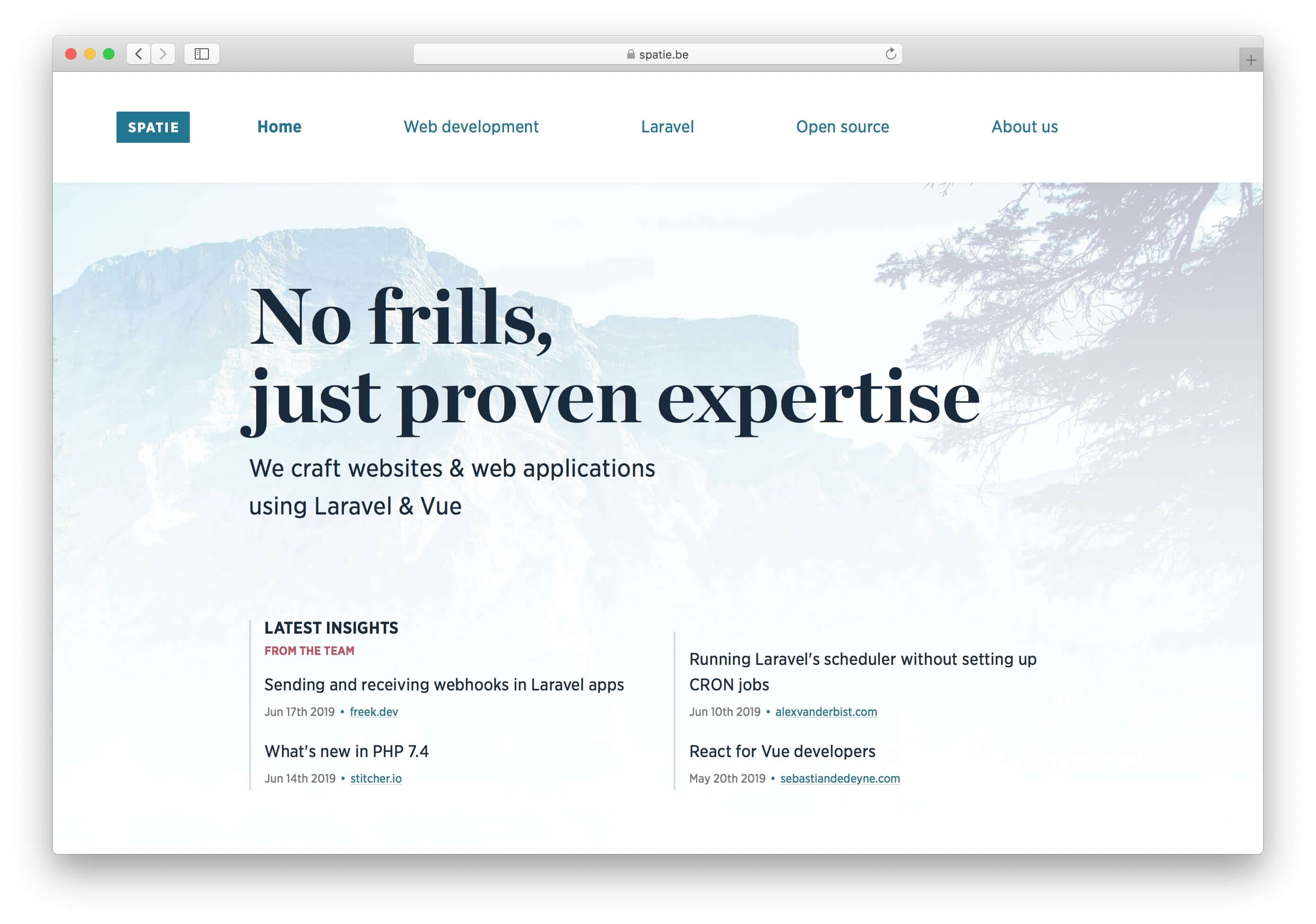The latest edition of Matthias Ott's Own Your Web (which I recommend subscribing to!) points out that there are a lot of blogs out there, but they can be hard to discover. As a vessel to help others discover blogs, Matthias recommends curating a blogroll.
Blogrolls are great. I have one too! But I don't think they're enough. The visibility of a blogroll is limited to people that visit your blog and are curious enough to poke around. The content of a blogroll is limited to blogs you consistently follow, but individual posts are worth sharing too.
Lots of blogs do this: Chris Coyier occasionally shares links his thoughts intertwined, Freek's blog is a mix of original articles and links, and I've come across a lot of unexpectedly interesting articles through larger blogs like Daring Fireball or Kottke. Some have a separate RSS feed for sharing content, like Jim Nielsen's notes.
In the same edition of Own Your Web, Matthias shared a link to an article titled Curation is the last best hope of intelligent discourse. Joan Westenberg argues that with the rise of AI and algorithms, human curation is more important than ever.
Human curators can distinguish between nuanced arguments, recognise cultural subtleties, and evaluate the credibility of sources in ways that algorithms cannot. This human touch is essential for maintaining the integrity of our information ecosystem. It serves not only as a filter for quality but also as a signal for meaningful and trustworthy content amidst the overwhelming noise generated by AI systems.
Aside from its importance, an algorithm is not going to surprise you. I could listen to Spotify's Discover Weekly recommendations all day, but my taste wouldn't widen.
So, go forth and multiply content! Share what you find interesting, start a conversation, surprise your readers, and let the small web flourish!

